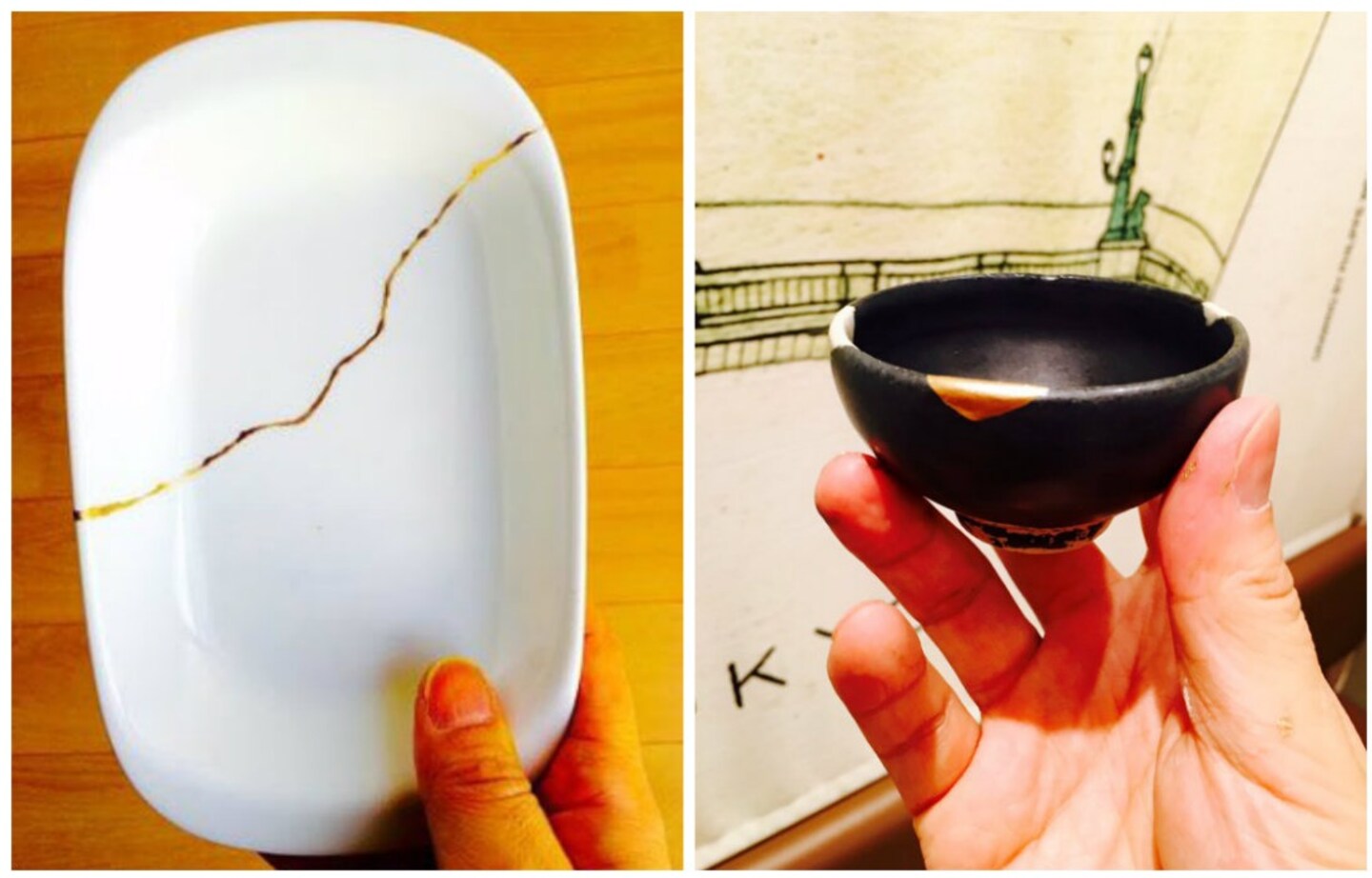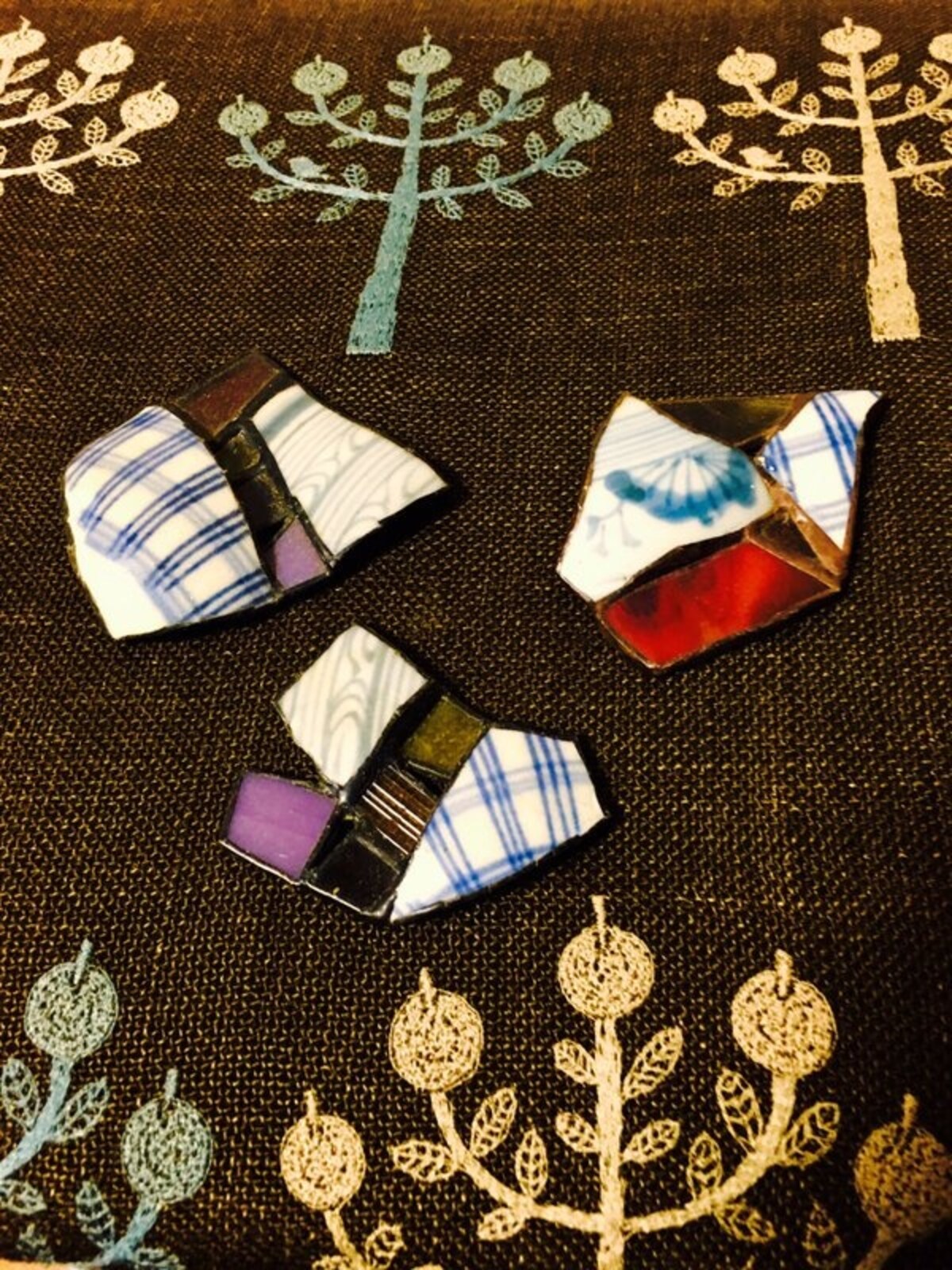Making Broken Pottery Look Like New
Residents of Kumamoto are still picking up the pieces after being rocked by a series of destructive earthquakes on April 15 and 16, 2016. Some of those pieces are literally pieces of shattered ceramics, which may have longstanding sentimental value.
By SoraNews24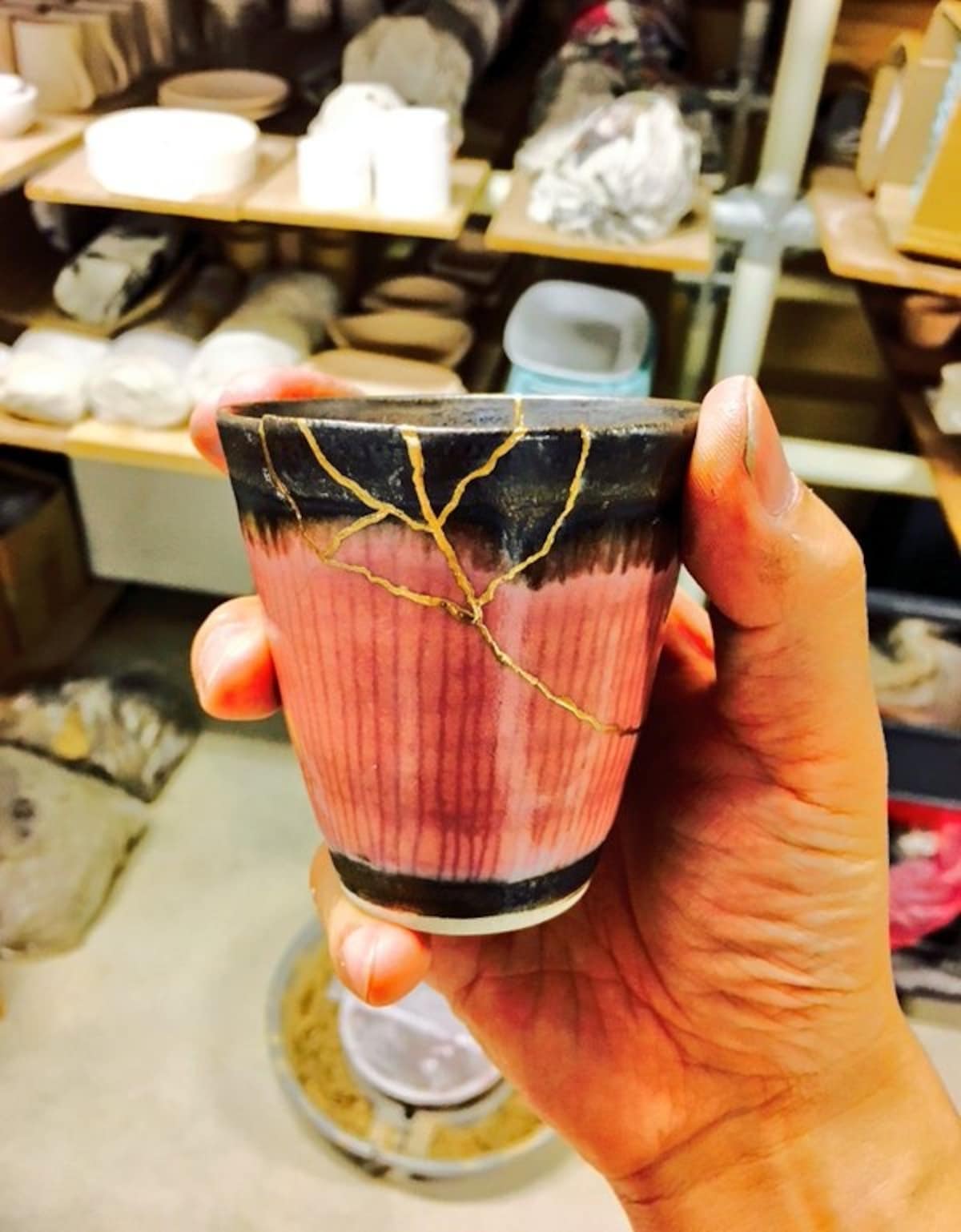
https://twitter.com/6jigen/status/722072342474530818
However, thanks to people like Kunio Nakamura, whose passion is kintsugi, a traditional Japanese pottery repair method, these antiques and heirlooms are looking as good as new—though with an added embellishment.
Kintsugi is often translated as “golden joinery.” However, the word could also be interpreted as “golden succession,” which gives an insight into the philosophy behind it, which accepts that after enough use, pottery is going to get cracked and broken. Kintsugi celebrates those character-enhancing fractures by patching the pieces back together with bonding lacquer mixed with gold or other eye-catching precious metals.
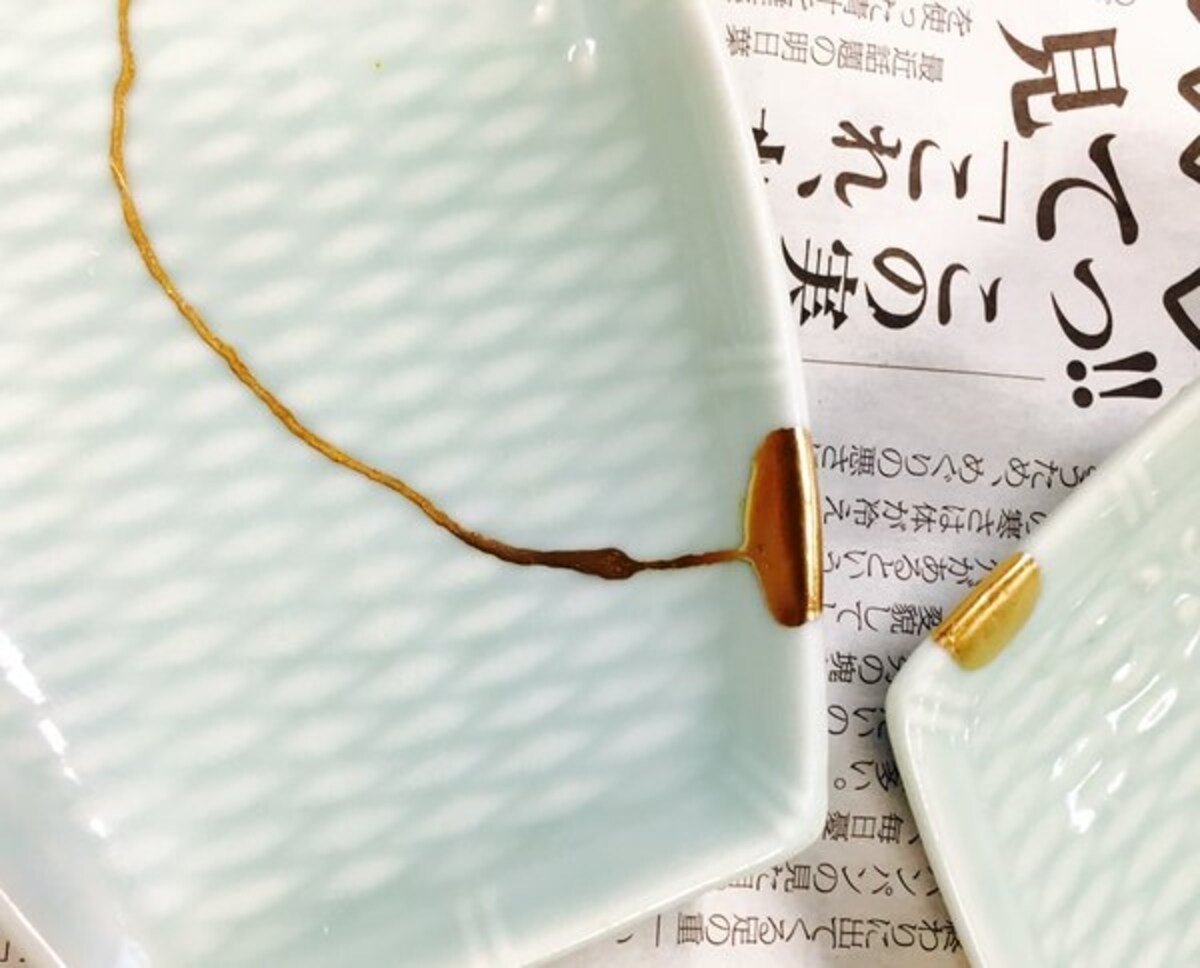
https://twitter.com/6jigen/status/721874408063655938
As a lover of the arts, Nakamura has been putting his kintsugi skills to use helping others for years. To this day, he repairs pieces damaged in the 2011 earthquake that devastated Japan’s Tohoku region.
Following the Kumamoto earthquakes, Nakamura has been sending out tweets reminding people not to hastily toss out their cracked and broken pottery. Instead, he encourages them to tape the smaller pieces to the larger ones and store the bundle in a plastic bag. Once the more pressing recovery operations settle down, Nakamura himself plans to travel to homes in Kumamoto and offer his services, free of charge, to those with broken ceramics.
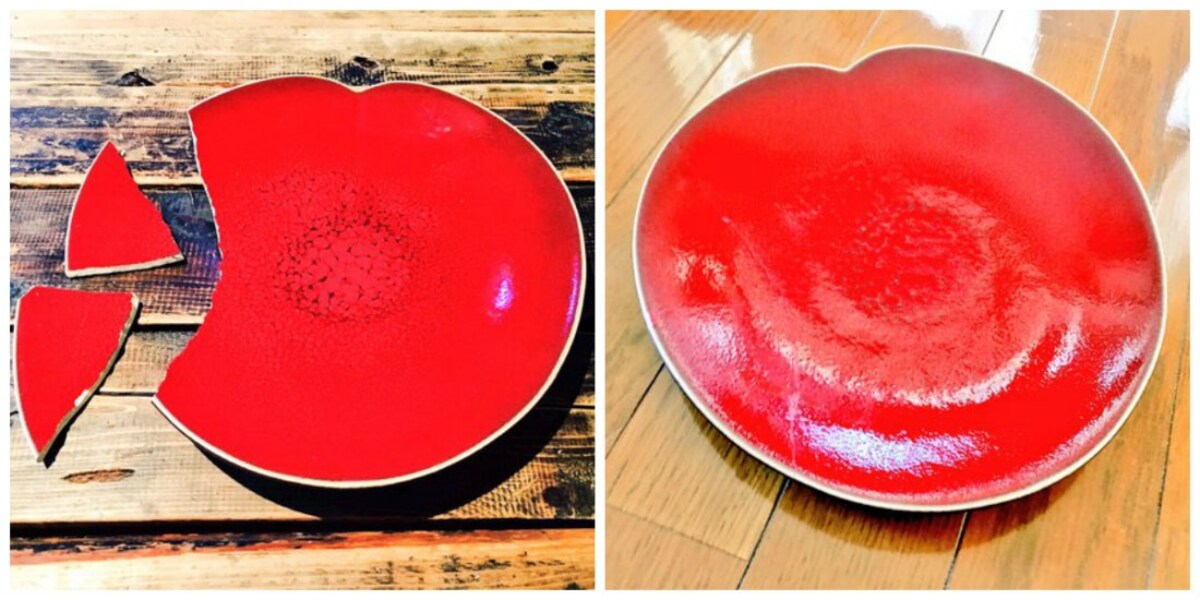
https://twitter.com/6jigen/status/721878015215407105/photo/1
Nakamura is also skilled in tomonaoshi, in which pottery is repaired in a way the minimizes the visibility of the damage sustained.
Still, past a certain extent of damage pottery becomes irreparable. Even then, though, Nakamura implores people to keep the broken pieces. While the dish may never be made whole again, the fragments can be re-crafted into other items, such as the chopstick rests seen above.
Just as it’s important for the people of Kumamoto to hang onto hope in these trying times, so too should they hang on to their broken ceramics.
Related Stories:
Centuries-old Kumamoto Castle continues to battle intense earthquakes
Pac-Man ghosts were almost all the same color—red
The ultimate in kawaii cookware—Mickey and friends turn themselves into adorable pots!


